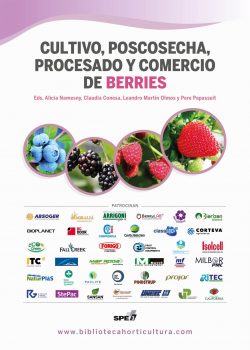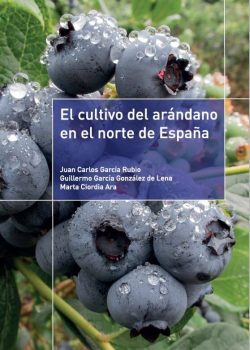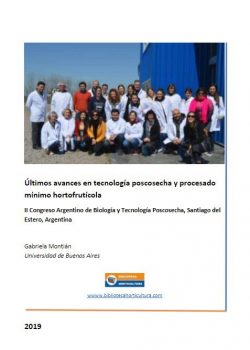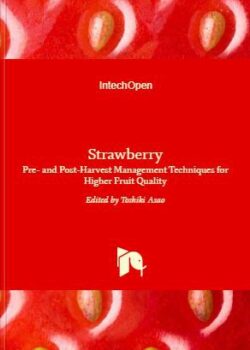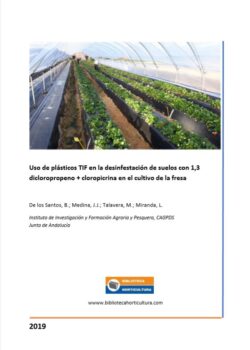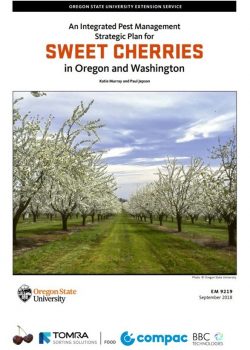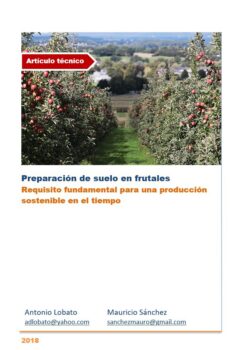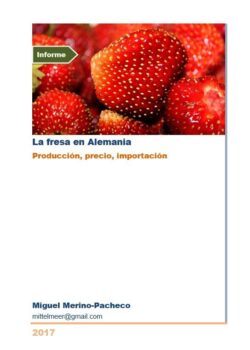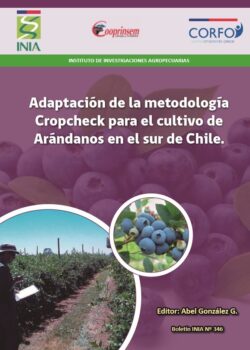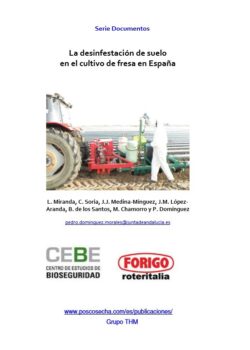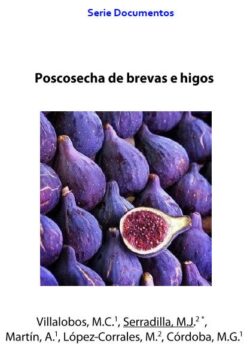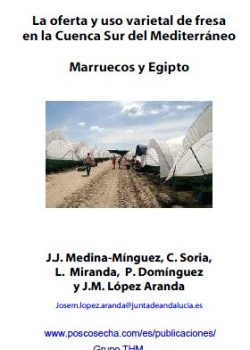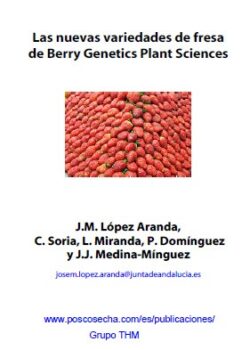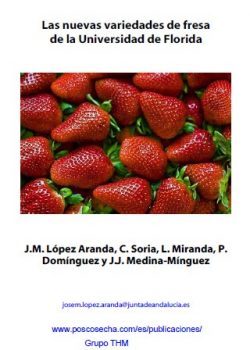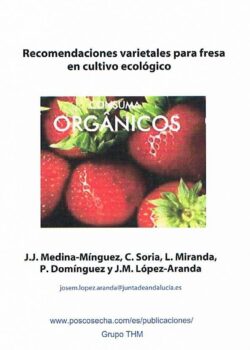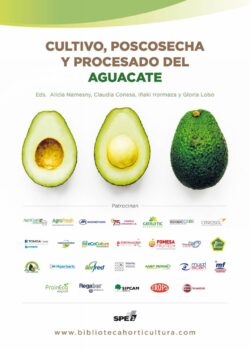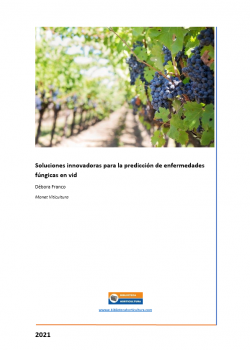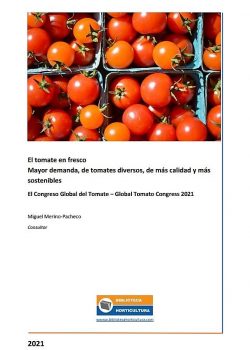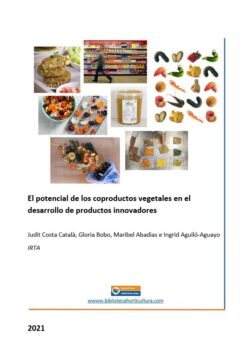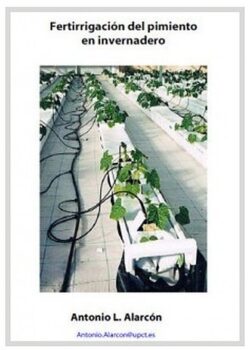Bio-based and biodegradable plastics. Facts and Figures. Focus on food packaging in the Netherlands
Authors
Bos, Harriëtte
Molenveld, Karin
Oever, Martien van den
Zee, Maarten van der
April 2017
67 pp
ISBN: 978-94-6343-121-7
Wageningen Food & Biobased Research
By Martien van den Oever, Karin Molenveld, Maarten van der Zee & Harriëtte Bos
This report presents an overview of facts and figures regarding bio-based and biodegradable plastics, in particular for packaging applications. Often, the term bioplastic is used by the public. However, the term ‘bioplastic’ refers to either the bio-based origin of a plastic or the biodegradable character of a plastic. These two aspects of a plastic are not synonymous, and therefore the term ‘bioplastic’ is confusing. In this report a clear distinction is made between bio-based and biodegradable plastics.
Appearance and recognition
Just like fossil based plastics, bio-based and/or biodegradable plastics are available in many grades with a wide variety of properties. The suitability of bio-based and/or biodegradable plastics for particular applications depends on these properties. Also the most suitable end-of-life option depends on its properties. However, bio-based plastic products often have a very similar appearance compared to conventional fossil-based plastic products. As a consequence, they cannot be easily distinguished by consumers. The same is valid for biodegradable versus nonbiodegradable products. Logo’s and labels can be used to make clear to the consumer (and retailer) whether a plastic is bio-based and/or compostable, and how to dispose of the plastic after use. Some qualifications like ‘biodegradable’ are not unambiguously defined. Consequently, logo’s and labels will need to be linked to a normalisation and certification system. Moreover, even when a plastic is biodegradable, this does by no means imply that the material degrades in the environment in a short period of time.
Abstract 5
Samenvatting 9
1 Introduction and definitions 15
1.1 Introduction 15
1.2 Bio-based 15
1.3 Renewable 15
1.4 Petrochemical / fossil 16
1.5 Biodegradable 16
1.6 Compostable 16
1.7 Recycling 17
1.8 Durability and Sustainability 17
2 Appearance and recognition 19
3 Availability and cost 22
3.1 Availability 22
3.2 Costs 24
4 Packaging of food 28
4.1 Introduction 28
4.2 Polylactic acid (PLA) 28
4.2.1 PLA film 29
4.2.2 PLA trays and other thermoformed products 29
4.2.3 PLA bottles 29
4.2.4 Other packaging products 30
4.3 (Biodegradable) Starch based plastics 30
4.3.1 Starch based films 31
4.3.2 Starch based trays and other thermoformed products 31
4.3.3 Other packaging products 31
4.4 Cellophane 31
4.4.1 Cellophane films 31
4.4.2 Other products based on cellulose 32
4.5 Biodegradable (and bio-based) polyesters 32
4.5.1 Flexible films based on biodegradable polyesters 32
4.5.2 Trays and other thermoformed products 32
4.5.3 Other packaging products 32
4.6 Drop-in bio-based materials 33
4.7 Developments 33
4.8 Overview 33
5 End-of-life options 37
5.1 Mechanical Recycling 37
5.1.1 Film (DKR 310) and the influence of bio-based plastics 40
5.1.2 rPET 42
5.2 Organic recycling: Composting and anaerobic digestion 42
5.3 Incineration 45
5.4 Collection and sorting 46
6 Environmental impact 48
6.1 Food versus Bio-based plastics 48
6.2 Environmental impact of bio-based plastics compared to fossil-based plastics 49
6.3 Bio-based and biodegradable plastics from genetically modified organisms 50
6.4 Disposal in the environment 52
6.4.1 Effect in marine environment 52
6.4.2 Disposal in soil 53
References 54
Appendix A List of abbreviations 61
Appendix B Bio-based content 63
Appendix C Sustainability of bio-based plastics 65
OEVER, Martien van den; et al.; April 2017; 67 pages. This report exposes the confusion that exists between types of plastics and evenmore on the consumer



